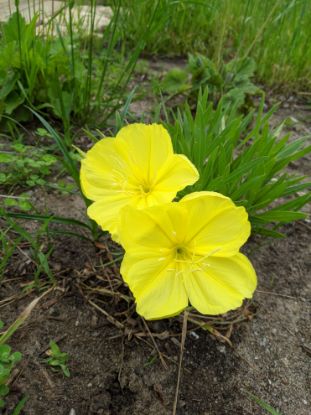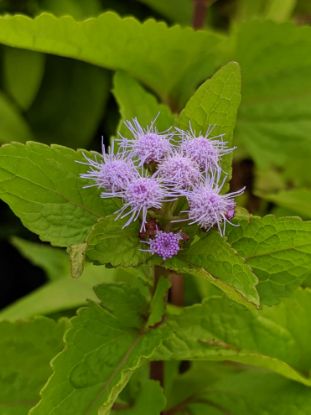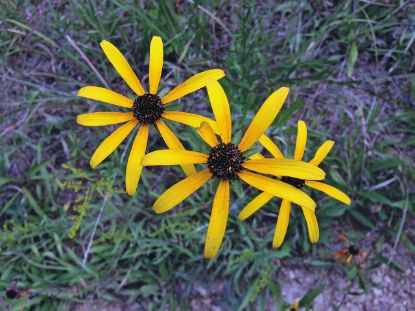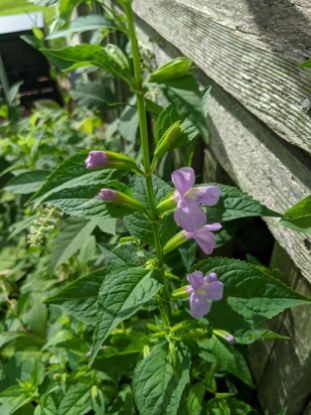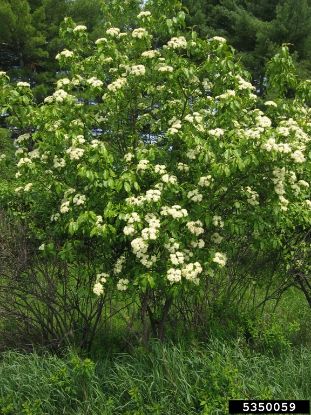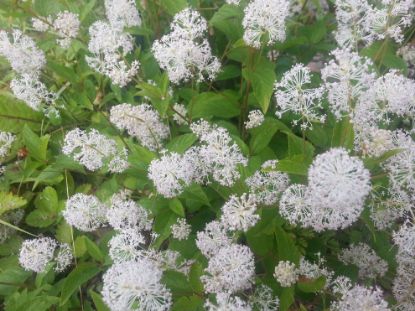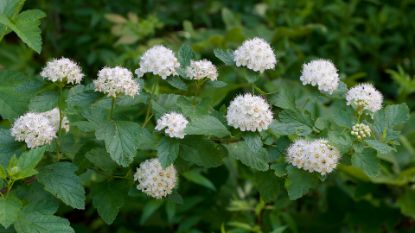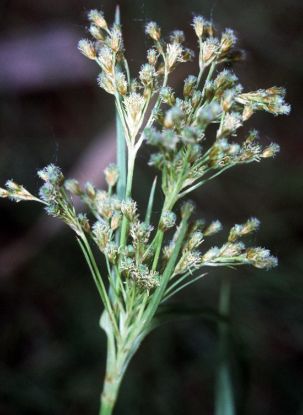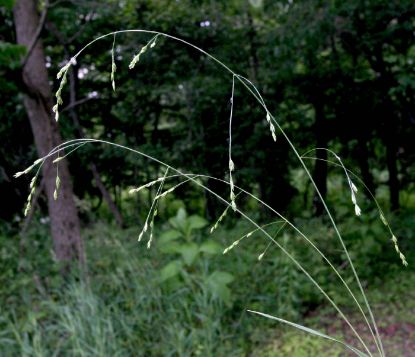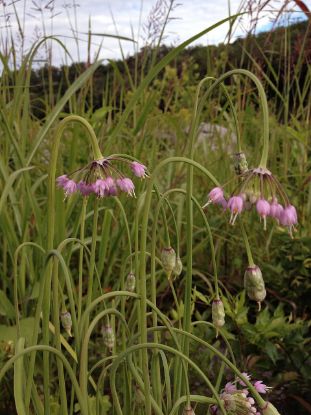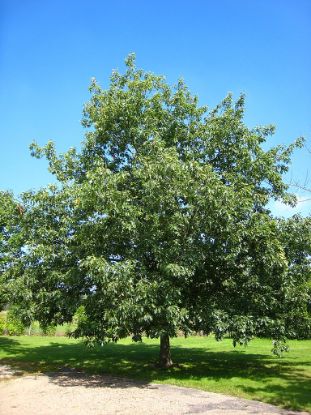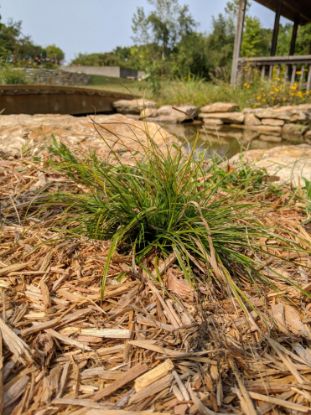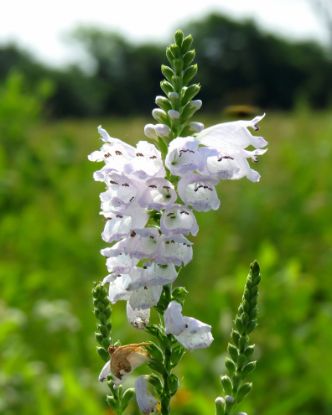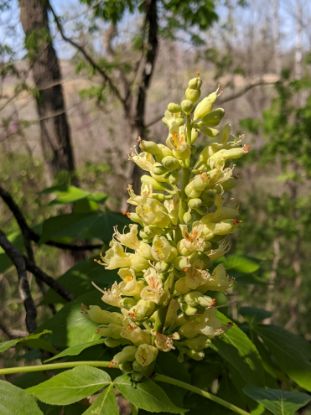Filter by attributes
Products
Sort by
Display
per page
View as
305 products found
Missouri Primrose (Oenothera macrocarpa)
Amazing, large, yellow blooms open at night, so they're great for the moths. Dry, limestone rock areas are the natural home for these beauties, so they tolerate dry and hot conditions.
I'm sleeping right now. See you in the spring.
$6.00
Mist Flower (Conoclinium coelestinum)
May spread aggressively through rhizomes and seed. Plant with other aggressive plants and divide in spring for a balanced planting. Taller plants may need to be supported. Doesn't like to dry out.
I'm sleeping right now. See you in the spring.
$6.00
MO black-eyed Susan (Rudbeckia missouriensis)
A glade plant, this Rudbeckia does well in hot, dry soils. May form a colony.
I'm sleeping right now. See you in the spring.
$6.00
Monkey Flower (Mimulus ringens)
Great plant for a consistently moist area. Primarily pollinated by bumblebees.
I'm sleeping right now. See you in the spring.
$6.00
Nannyberry (Viburnum lentago)
Fall dark-blue fruits are enjoyed by wildlife and people. May perform a thicket unless suckers removed and plant pruned to desired shape. Prune right after flowering. Host for Spring Azure.
I'm sleeping right now. See you in the spring.
From $14.00
Narrow-leaved New Jersey Tea (Ceanothus herbaceus)
A beautiful compact shrub for a dry area. Attracts many pollinators and is browsed by the deer and rabbits. Flowers on new growth so trim after blooming, if desired.
Out of stock
From $6.00
New Jersey Tea (Ceanothus americanus)
A compact shrub. Deep roots make this plant drought tolerant. Dried leaves have been used as a tea substitute.
I'm sleeping right now. See you in the spring.
From $6.00
Ninebark (Physocarpus opulifolius)
Spreads into a thicket - may be used as a hedge screen. Peeling bark adds winter interest. Flowers attract butterflies and moths. Fruits attract birds in the fall.
I'm sleeping right now. See you in the spring.
From $6.00
Nodding Bulrush (Scirpus pendulus)
We love the nodding seedhead of this bulrush. Prefers consistently moist or wet soils but can tolerate occassional dry spells but the leaves may turn yellowish. Spreads by rhizomes.
I'm sleeping right now. See you in the spring.
$6.00
Nodding Fescue (Festuca subverticillata)
A cool season grass that prefers some shade and tolerates more shade than most other fescues.
I'm sleeping right now. See you in the spring.
From $6.00
Nodding Onion (Allium cernuum)
The flowers of this native onion droop and face down. Primarily pollinated by bees. Spreads by both seeds and bulb offsets. The onion smell is not preferred by most garden nibblers.
I'm sleeping right now. See you in the spring.
$6.00
Northern Red Oak (Quercus rubra)
Oaks are wonderful shade trees. This oak has a nice, rounded shape, growing about as tall as wide. Oaks attract lots of wildlife, from insects that feed on the tree, to birds that feed on the insects, and mammals that feed on the acorns.
I'm sleeping right now. See you in the spring.
From $14.00
Oak Sedge (Carex albicans)
Semi-evergreen. A cute, tufted sedge that would be good for a border or ground cover in a shady garden.
I'm sleeping right now. See you in the spring.
From $6.00
Obedient Plant (Physostegia virginiana)
Spreads quickly. Taller plants may need to be staked. "Obedient" because you can move the flowers and they will stay in the new position. Thrives in moist areas.
I'm sleeping right now. See you in the spring.
$6.00
Ohio Buckeye (Aesculus glabra)
An understory tree that typically only reaches about 20 feet. One of the first trees to leaf out in the spring; Tracy likes to call them "Truffala trees" because of the shape the leaves make as they are emerging from the bud in early spring.
Out of stock
From $14.00
